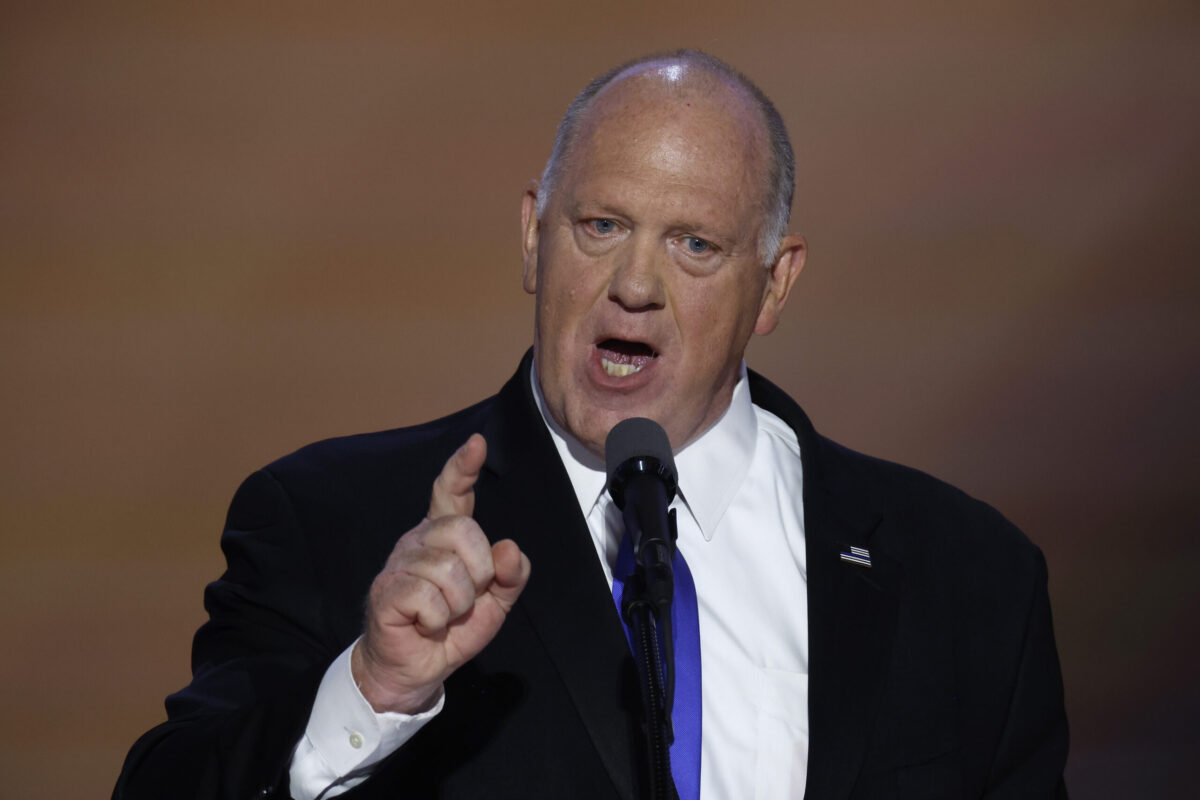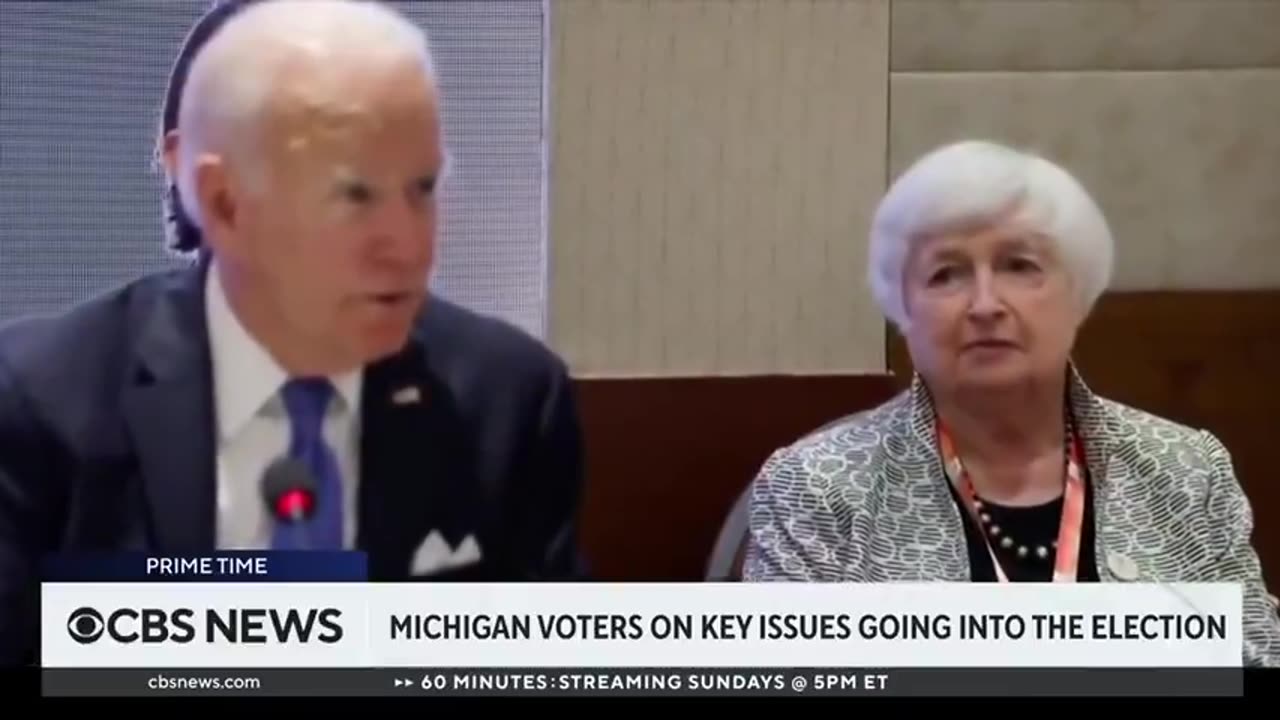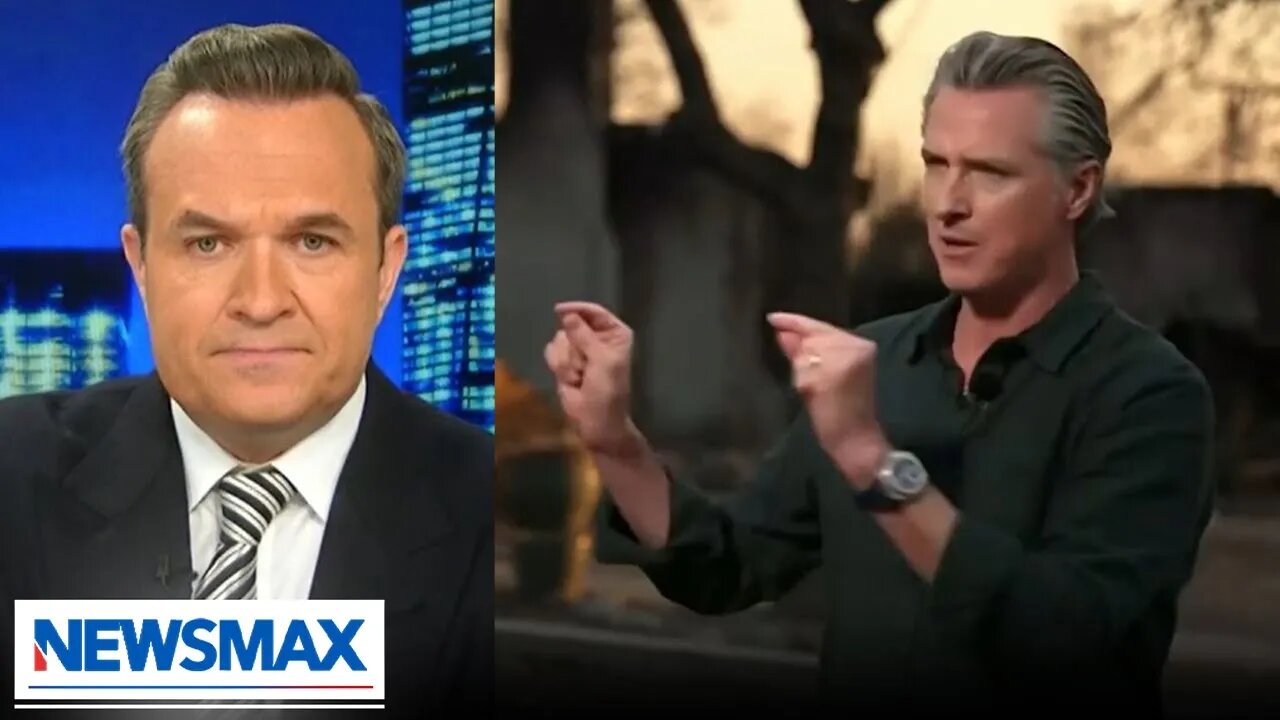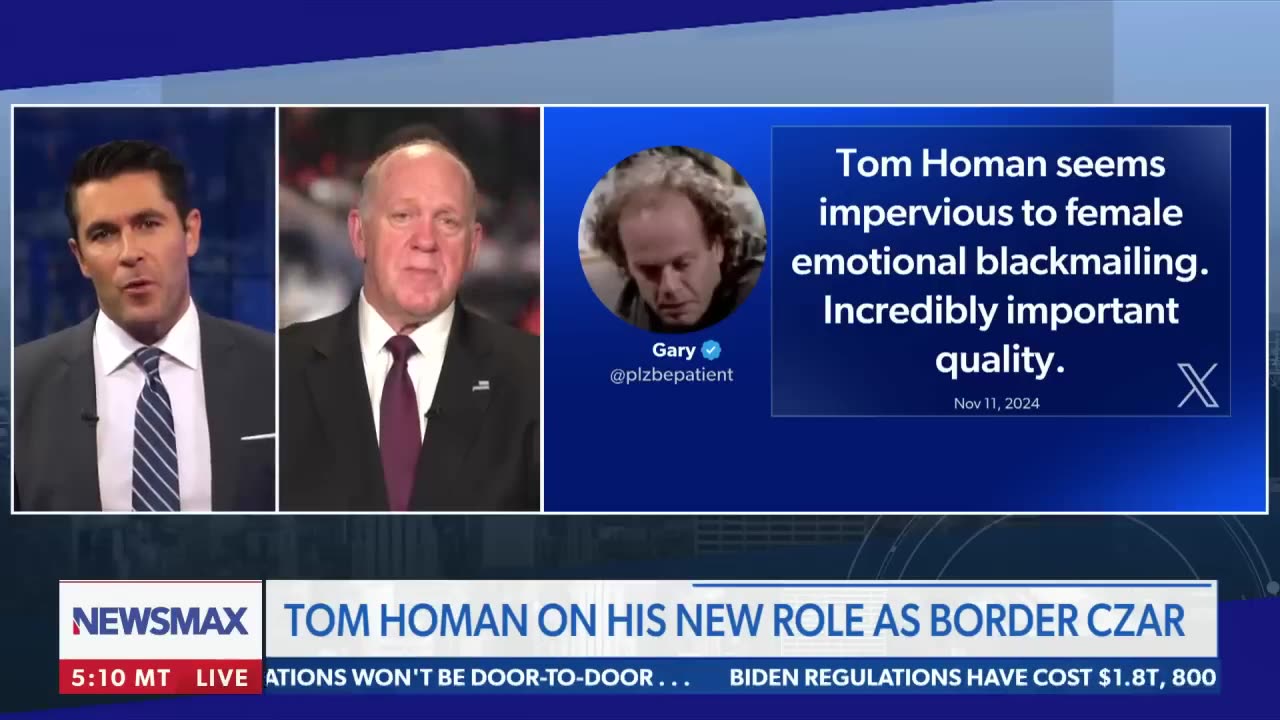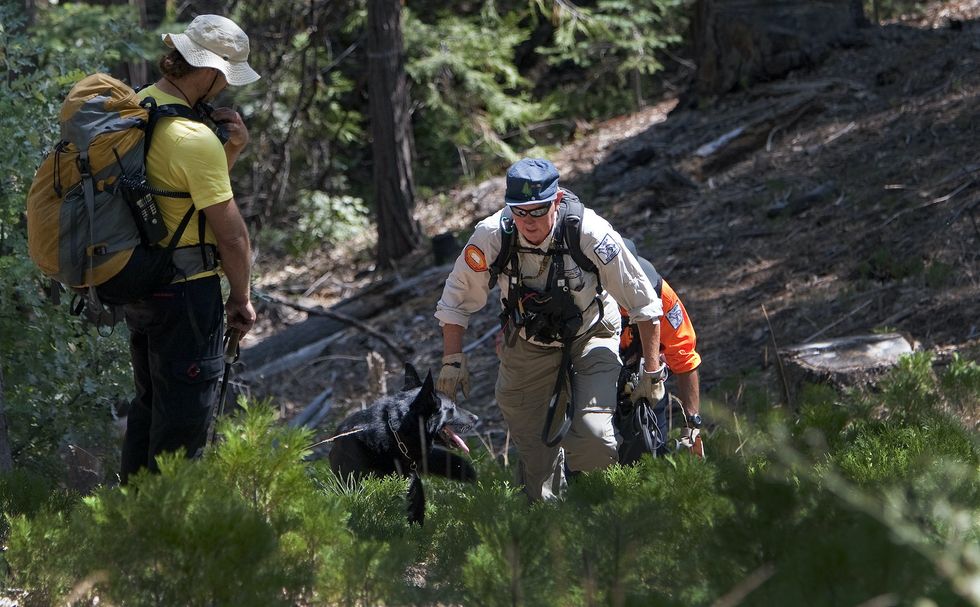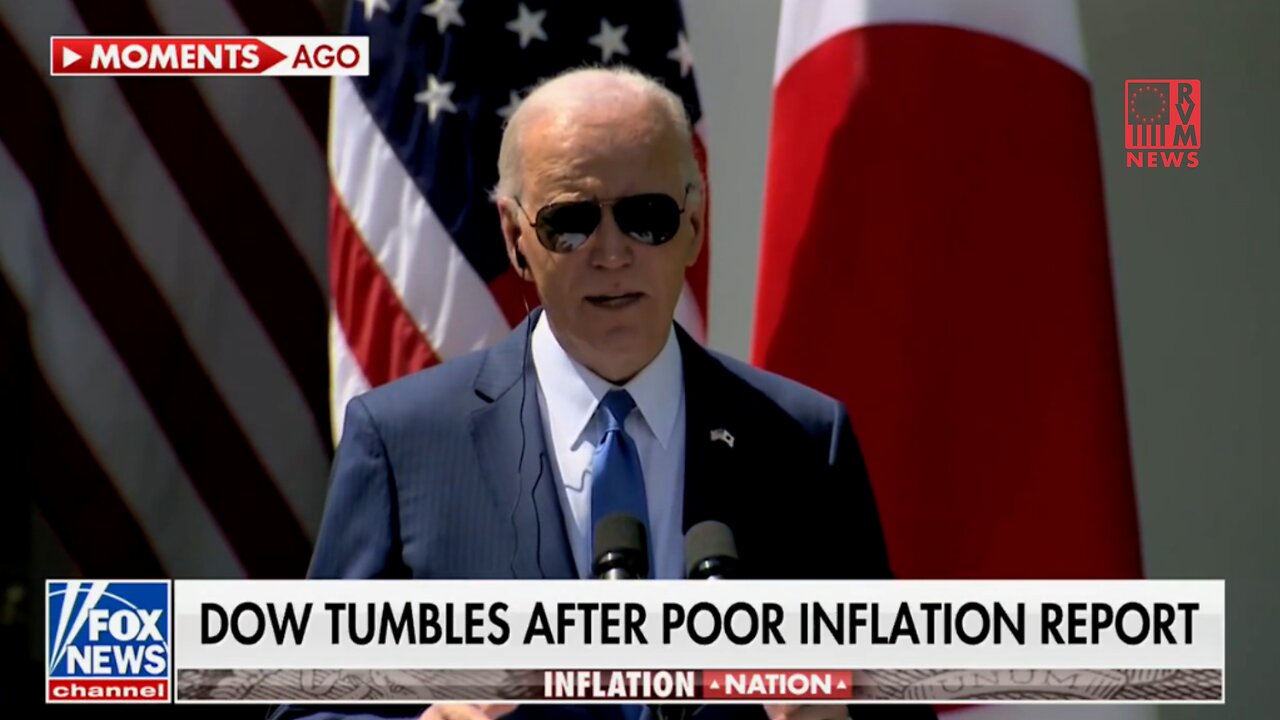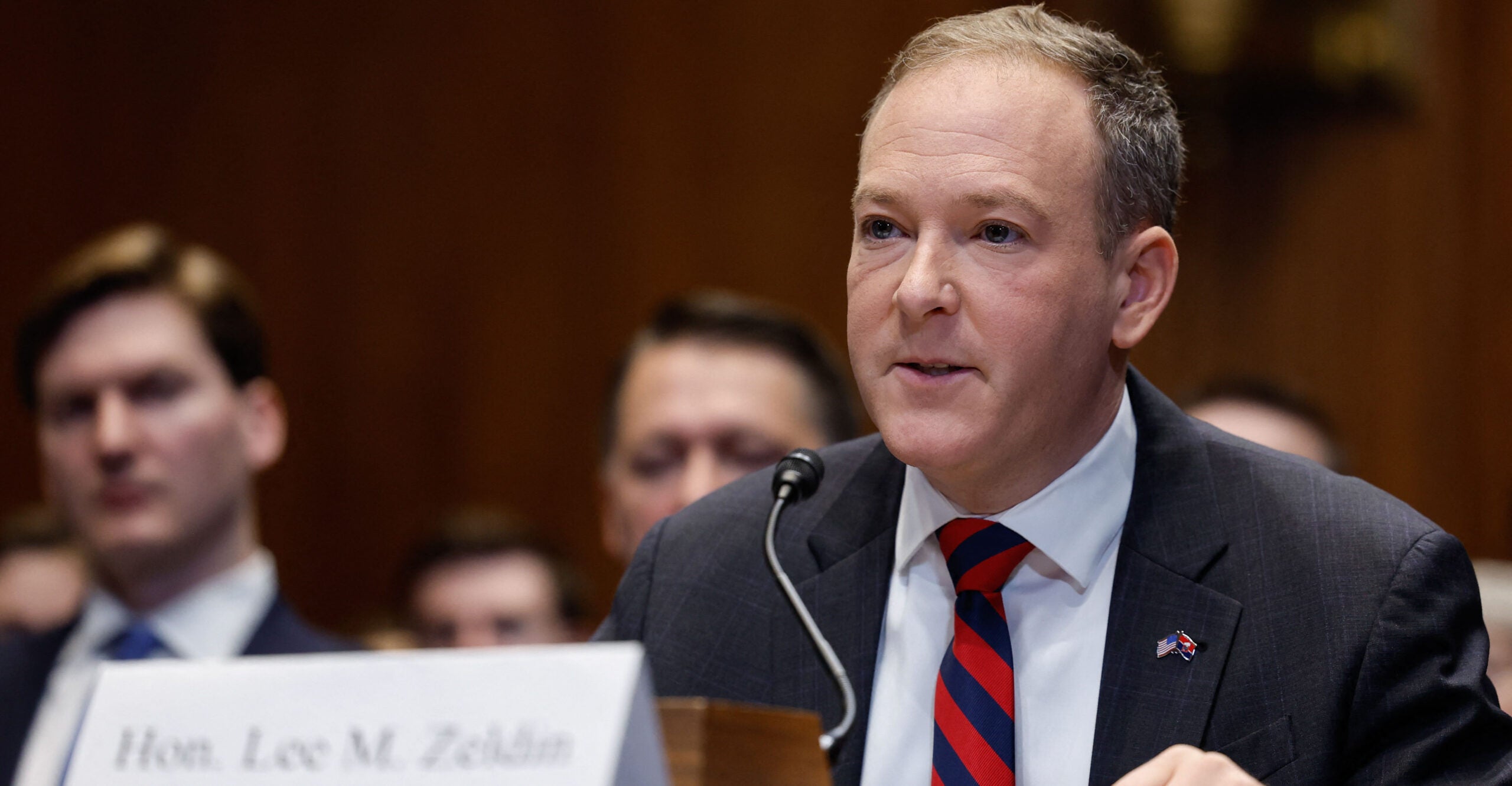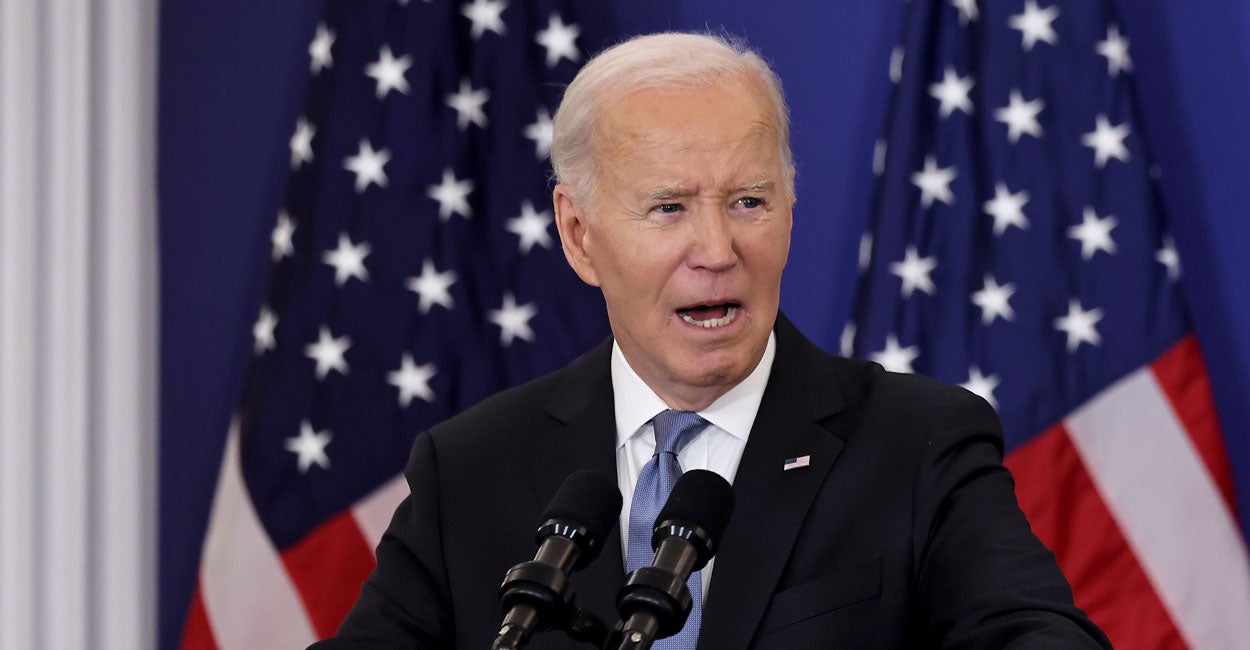Texas announces plan for advanced nuclear reactors across the state worth over $50 billion
Texas Governor Greg Abbott and the Public Utility Commission of Texas have identified 61 possible sites across the state for new nuclear reactors. A recently-released state report on Advanced Nuclear Energy is hoping to bring in over $50 billion in new economic output to Texas, along with $27 billion in income for Texas workers.Governor Abbott announced the state's new plan, saying the plants would enhance the "reliability" of the state grid and provide "affordable, dispatchable power" to residents."Texas is the energy capital of the world, and we are ready to be No. 1 in advanced nuclear power," the governor added.The Nuclear Energy Institute defines advanced nuclear reactors as smaller, more efficient reactors that are safer to build and protect than the previous generation of reactors. Underground and underwater housing can be used for advanced reactors to greater endure natural disasters.Advanced nuclear designs have been used for the newly popular small modular reactors being built privately across the country by the likes of Amazon, Microsoft, and Oracle. States like Virginia and Maryland have become popular sites for SMRs and self-sustaining commercial campuses. Texas is already home to two nuclear plants that generate over five gigawatts of electricity, which makes up about 10% of the state's grid. The state report alleged that the two plants have already displayed "resilience during extreme weather." — (@) Of the 61 possible nuclear sites identified, 21 of them are closed or closing coal sites. The report stated that replacing the coal sites, which are typically seen as bad for the environment, would be just one puzzle piece in overcoming strong environmental regulatory hurdles.In order to garner approval for the plant builds, energy officials suggested appointing a Nuclear Permitting Officer to facilitate "tailored assistance to companies seeking to build advanced nuclear reactor operations in the state."Cool— Elon Musk (@elonmusk) November 18, 2024 The report pinpointed a possible $700 million in costs leading up to the building of advanced nuclear reactors, using estimations based on public funding that has been awarded in other states.This included $60 million to retain and attract supply chain companies and another $350 million for design and development of small nuclear reactors.About $100 million was awarded across Kentucky, North Carolina, and Wyoming for permitting and studies, along with $40 million in South Carolina for support of nuclear workforce development.While these costs are similar to what other companies have been spending on small modular reactors across the country, those are typically used to power a company's campus and/or data centers. This means that reactors meant to power the public at large would likely come at twice the cost, especially considering how much government oversight and appointed positions the state report has recommended.For example, computer technology company Oracle announced in early September its intention to build a 1-gigawatt data center campus powered by three small modular reactors.Therefore, about 15 small modular reactors would be required to match the five gigawatts of power (10% of the grid) put out by Texas' two existing plants. Like Blaze News? Bypass the censors, sign up for our newsletters, and get stories like this direct to your inbox. Sign up here!
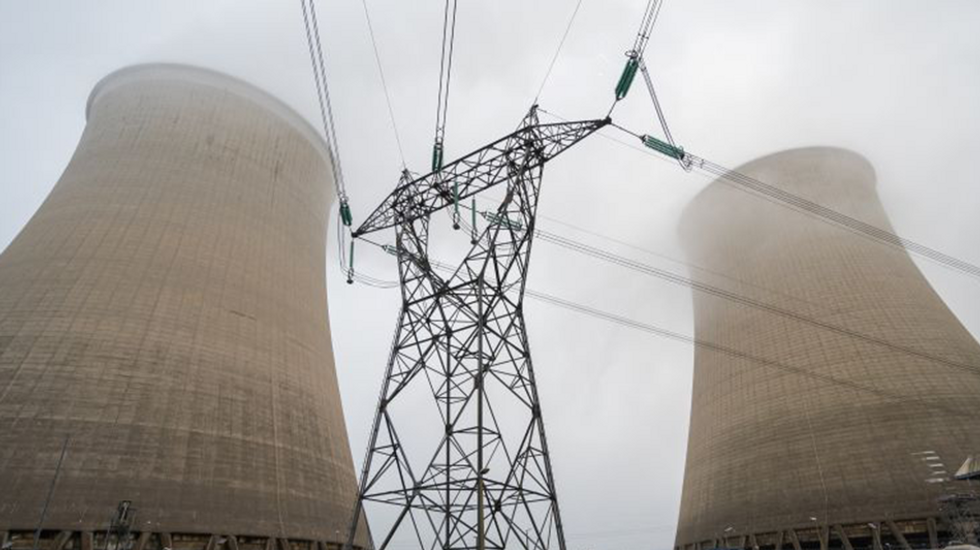

Texas Governor Greg Abbott and the Public Utility Commission of Texas have identified 61 possible sites across the state for new nuclear reactors.
A recently-released state report on Advanced Nuclear Energy is hoping to bring in over $50 billion in new economic output to Texas, along with $27 billion in income for Texas workers.
Governor Abbott announced the state's new plan, saying the plants would enhance the "reliability" of the state grid and provide "affordable, dispatchable power" to residents.
"Texas is the energy capital of the world, and we are ready to be No. 1 in advanced nuclear power," the governor added.
The Nuclear Energy Institute defines advanced nuclear reactors as smaller, more efficient reactors that are safer to build and protect than the previous generation of reactors. Underground and underwater housing can be used for advanced reactors to greater endure natural disasters.
Advanced nuclear designs have been used for the newly popular small modular reactors being built privately across the country by the likes of Amazon, Microsoft, and Oracle. States like Virginia and Maryland have become popular sites for SMRs and self-sustaining commercial campuses.
Texas is already home to two nuclear plants that generate over five gigawatts of electricity, which makes up about 10% of the state's grid.
The state report alleged that the two plants have already displayed "resilience during extreme weather."
— (@)
Of the 61 possible nuclear sites identified, 21 of them are closed or closing coal sites. The report stated that replacing the coal sites, which are typically seen as bad for the environment, would be just one puzzle piece in overcoming strong environmental regulatory hurdles.
In order to garner approval for the plant builds, energy officials suggested appointing a Nuclear Permitting Officer to facilitate "tailored assistance to companies seeking to build advanced nuclear reactor operations in the state."
The report pinpointed a possible $700 million in costs leading up to the building of advanced nuclear reactors, using estimations based on public funding that has been awarded in other states.
This included $60 million to retain and attract supply chain companies and another $350 million for design and development of small nuclear reactors.
About $100 million was awarded across Kentucky, North Carolina, and Wyoming for permitting and studies, along with $40 million in South Carolina for support of nuclear workforce development.
While these costs are similar to what other companies have been spending on small modular reactors across the country, those are typically used to power a company's campus and/or data centers. This means that reactors meant to power the public at large would likely come at twice the cost, especially considering how much government oversight and appointed positions the state report has recommended.
For example, computer technology company Oracle announced in early September its intention to build a 1-gigawatt data center campus powered by three small modular reactors.
Therefore, about 15 small modular reactors would be required to match the five gigawatts of power (10% of the grid) put out by Texas' two existing plants.
Like Blaze News? Bypass the censors, sign up for our newsletters, and get stories like this direct to your inbox. Sign up here!
Originally Published at Daily Wire, World Net Daily, or The Blaze
What's Your Reaction?


















